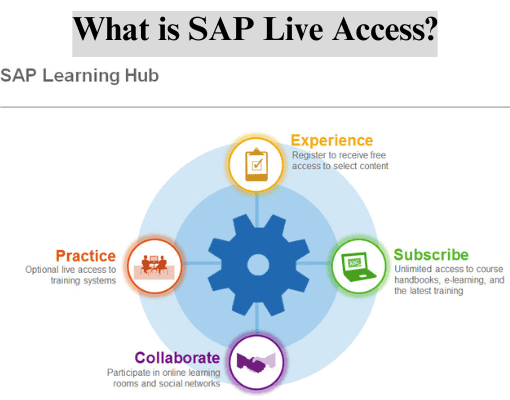In the dynamic landscape of digital transformation, the ability to build application is a game-changer for businesses aiming to thrive in the competitive market. Let’s delve into the intricacies of application development, uncovering key strategies, best practices, and the importance of a well-crafted approach.
The Foundation: Understanding Build Application
Defining Application Development
Application development is the build application process for specific platforms or devices. It involves a series of steps, from conceptualization and design to coding, testing, and deployment. In the fast-paced digital era, businesses need agile and scalable applications to meet evolving user demands.
Significance in the Digital Age
In an era dominated by technology, applications serve as the backbone of digital experiences. From mobile apps enhancing customer engagement to enterprise solutions streamlining operations, the impact of well-designed applications is undeniable.
Key Strategies for Successful Build Application
Embracing Agile Methodology
Agile methodology is the cornerstone of modern application development. Its iterative approach allows for flexibility, adaptability, and continuous improvement throughout the development lifecycle. By breaking down projects into manageable sprints, developers can respond effectively to changing requirements.
User-Centric Design
User experience (UX) and user interface (UI) design play a pivotal role in the success of an application. Prioritizing user-centric design ensures that applications are intuitive, visually appealing, and capable of providing seamless interactions.
Robust Security Measures
In an age of increasing cyber threats, incorporating robust security measures is non-negotiable. From secure coding practices to regular security audits, prioritizing the protection of user data is integral to building trust and credibility.
Best Practices in Build Application
Code Optimization
Efficient and optimized code is the backbone of high-performing applications. Developers must prioritize clean coding practices, minimize redundancy, and ensure that the application runs smoothly across different platforms.
Comprehensive Testing
Thorough testing is a critical phase in application development. From unit testing to integration testing and user acceptance testing, a comprehensive testing strategy ensures that the application is free from bugs and meets performance expectations.
Scalability Planning
Anticipating future growth is essential in application development. Building scalable architectures ensures that the application can handle increased user loads without compromising performance. Scalability is key to long-term success.
The Role of SEO in Application Visibility
Optimizing for Search Engines
For applications to succeed, visibility is crucial. Implementing SEO strategies within the application’s web presence can significantly impact its discoverability on search engines. From keyword optimization to mobile-friendliness, SEO is a powerful tool.
Utilizing Rich Snippets
Rich snippets enhance the presentation of an application’s information on search engine results pages. Utilizing structured data and providing relevant information can lead to higher click-through rates and improved visibility.
Conclusion: A Holistic Approach to Build Application
In conclusion, building successful applications requires a holistic approach that encompasses agile methodologies, user-centric design, security measures, and adherence to best practices. The marriage of technical excellence and SEO strategies ensures that applications not only function seamlessly but also garner the visibility they deserve.
You may be interested in:
O DATA and Mobile Applications
Introduction to SAP Business Workflow and Building a Simple Workflow Application





